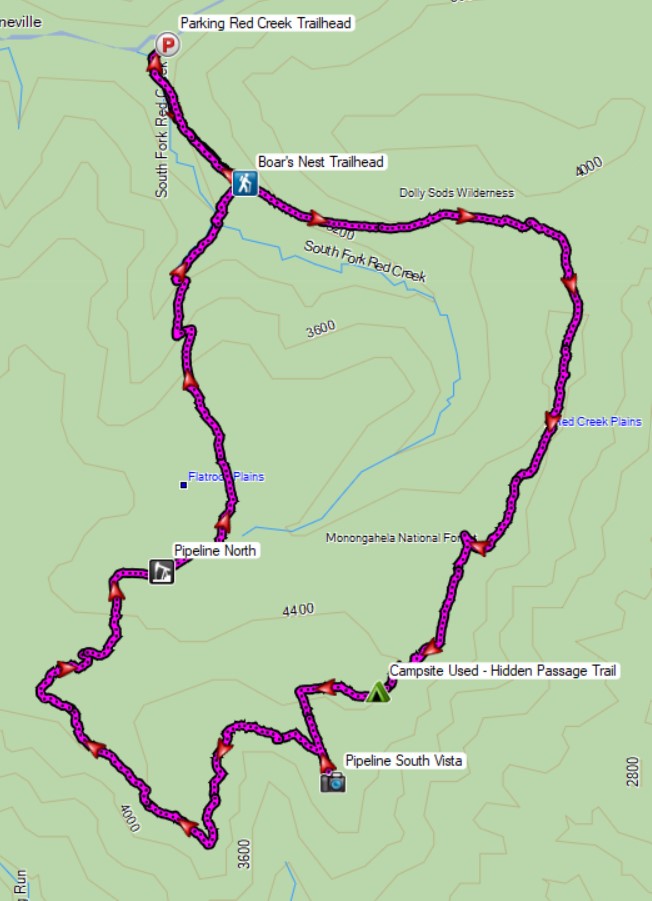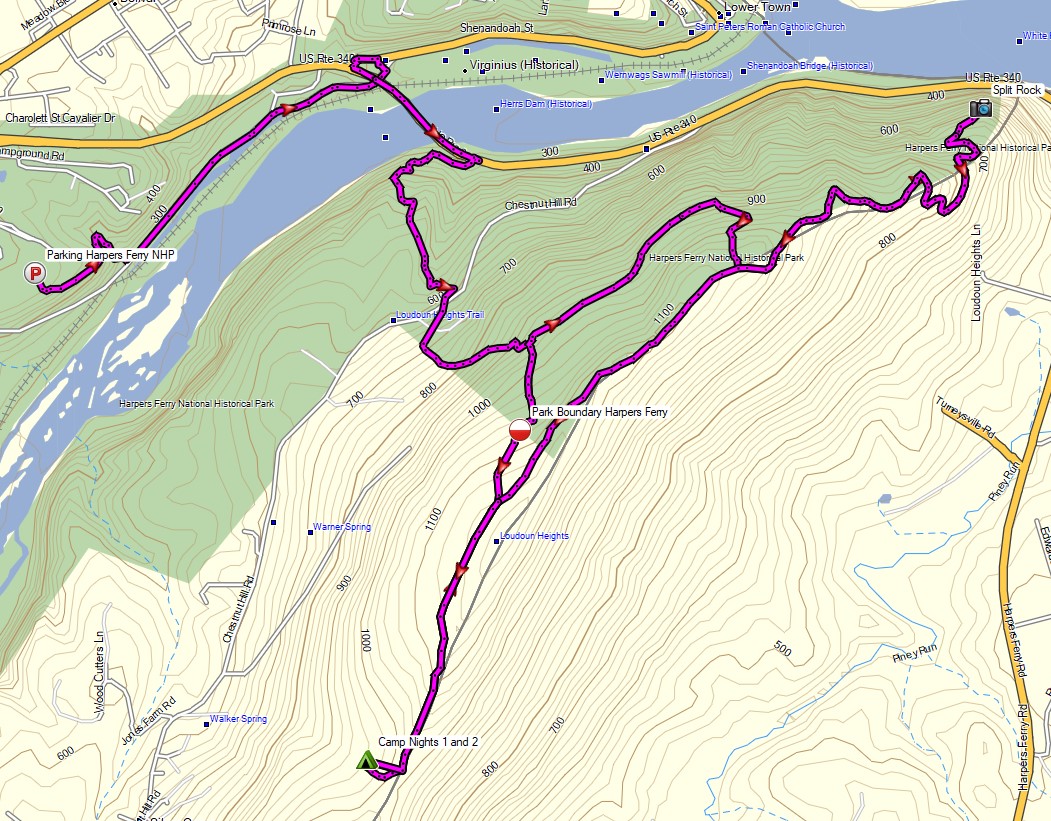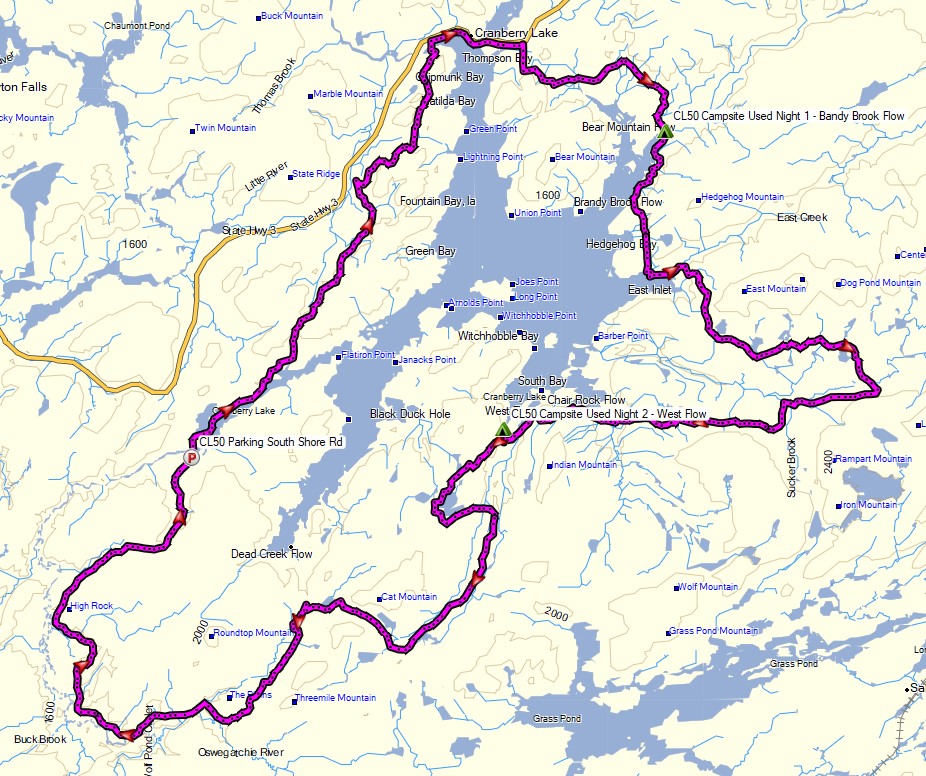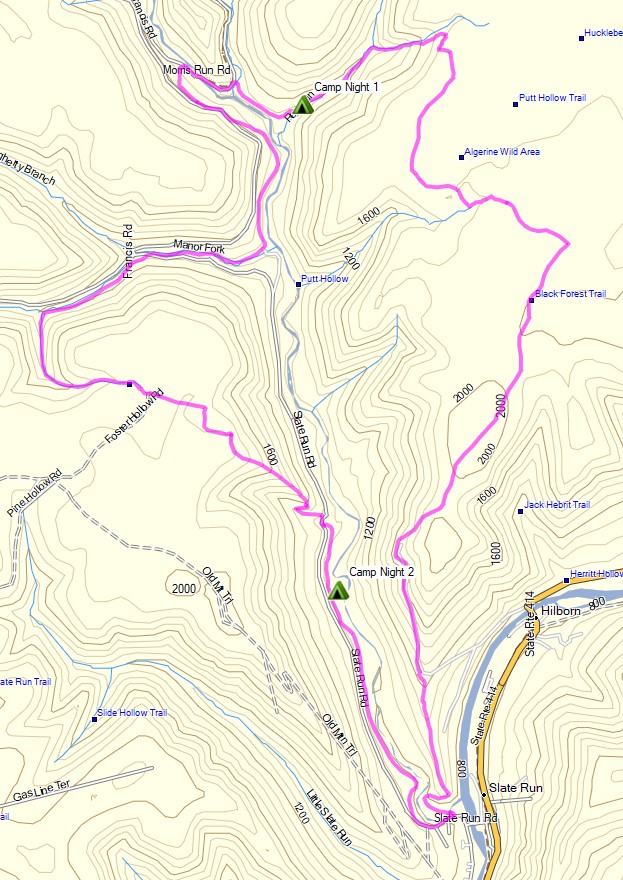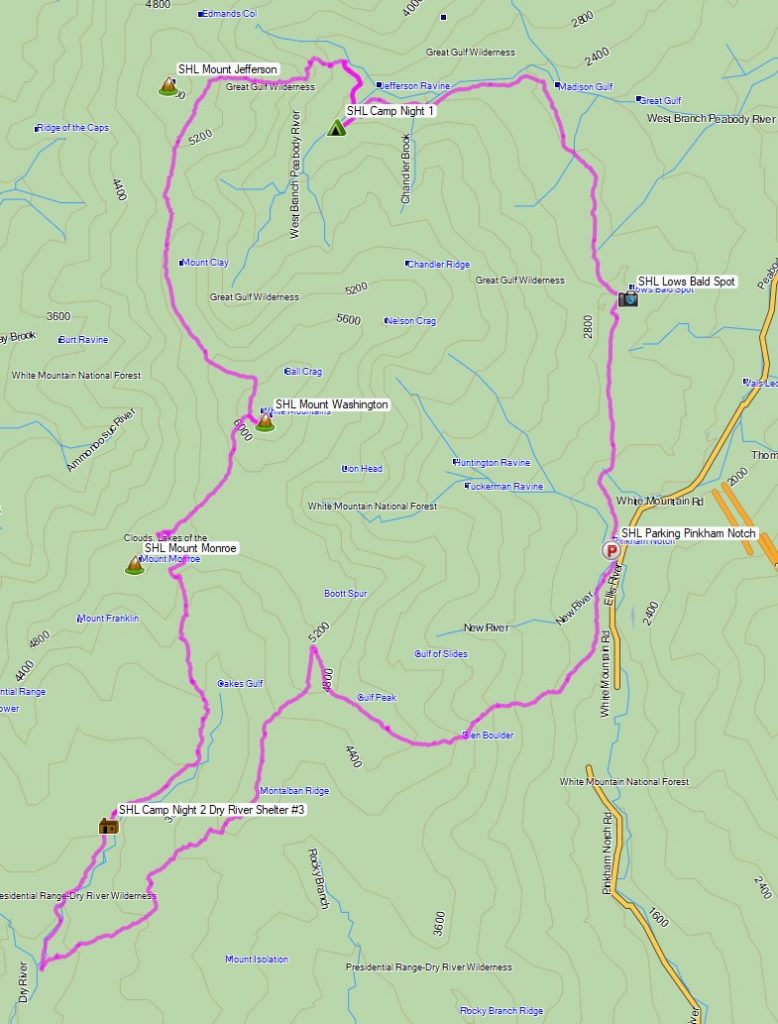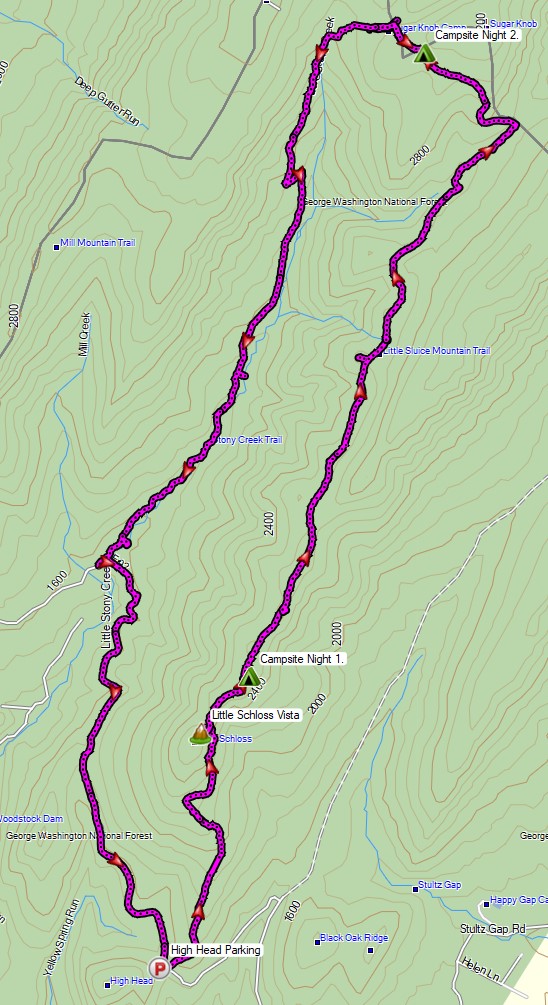3 Days of Winter Hammock Camping and Backpacking in the Roaring Plains Wilderness during Snow and Freezing Rain.
FTC Disclosure: This post contains affiliate links, which means I may receive a commission for purchases made through some of my links.
For this late winter backpacking trip, I decided to head back down to West Virginia’s Monongahela National forest to do some ridge hiking and cold weather hammock camping. Due to temperatures forecasted from the low 20’s to the low 40’s, I needed to pack in some heavier warm clothing layers for this trip, along with some camp tools, so I used my larger winter backpack. For sleep and shelter, I used my go-to ultralight hammock and tarp set-up with winter grade down quilts (full gear list below). As it turns out, I probably should have used that extra pack space for a larger tarp too, but live and learn I guess…
This trip video was sponsored by Magic Spoon. You can try their variety pack and get $5 off by using this link and the code Sintax77.
The 6,792 acre Roaring Plains West Wilderness is a remote federal wilderness area located about 3 miles south of the more popular Dolly Sods Wilderness Area. It boasts a healthy network of trails, which are unmarked and often, grown in and hard to follow. Official paper maps are hard to come by, and by some accounts, not very up to date. Based on my personal experience, I would highly recommend using a GPS with appropriate data while hiking here. You can also find good trail info and map print-outs at MidAtlanticHikes.com and HikingUpward.com. I also recorded my personal GPS data for this trip, which can be found here.

